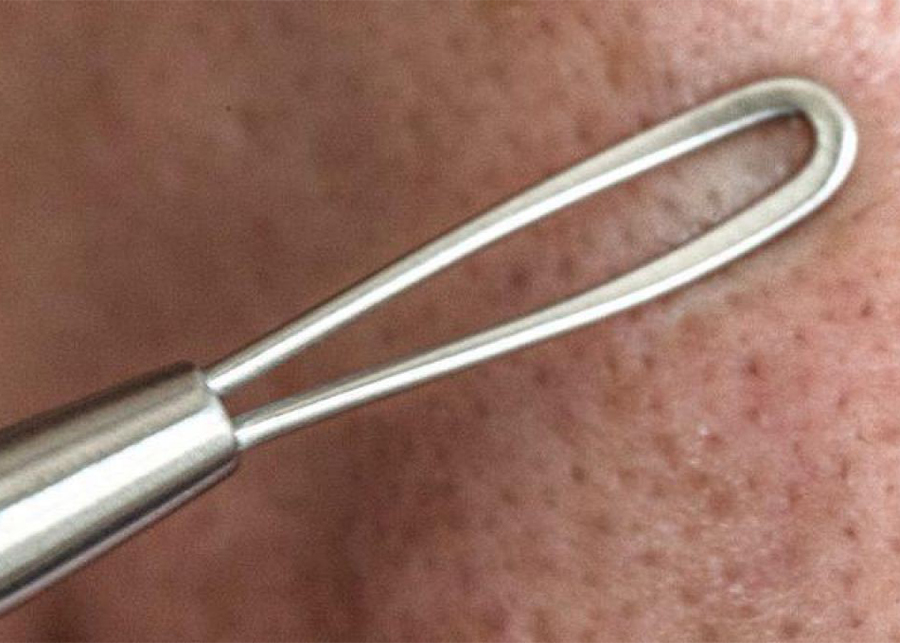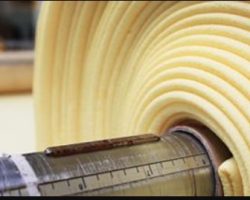People with oily skin often have a problem with blackheads. These skin colored bumps can be annoying and potentially embarrassing, especially if you have to see people in person. But the good news is that your blackhead problems can be easily solved once you know what triggers them and how to properly use blackhead removal products. Let’s take a closer look at these common issues and explore treatments that can help get rid of blackheads and prevent them in the future.
Blackheads are a common skin care concern, especially among people with oily skin. If you’re wondering how to get rid of blackheads, read on for tips and best practices. First, it’s important to understand what blackheads are and how they form. Then, you can use one or more of the following methods to remove them: chemical exfoliation, manual extraction, or laser therapy. Keep in mind that prevention is key, so be sure to follow a good skincare routine and avoid triggering factors.
How to Get Rid of Blackheads? A Few Tips
A blackhead is a type of acne lesion that is caused when a hair follicle becomes plugged with excess sebum and dead skin cells. Blackheads are generally easier to treat than other types of acne lesions because they are located on the surface of the skin, and can be removed with targeted treatments like manual extraction or topical medications.
The main cause of blackheads is an accumulation of sebum and dead skin cells within the pores. Sebum is a natural oil that is produced by the sebaceous glands in response to hormonal changes, and it helps to keep the skin lubricated and protects it from drying out. Dead skin cells are shed from the surface of the skin as part of the natural process of renewal, and most of the time they are not disposed of properly. So they clog the pores. So, how to get rid of blackheads?
Chemical Exfoliation:
Chemical peels are a great way to get rid of blackheads. There are two types of chemical exfoliants: glycolic acid and salicylic acid.
Glycolic acid is a type of alpha-hydroxy acid that is derived from sugar cane. It is the smallest and most acidic molecule of all the AHAs, which makes it ideal for superficial exfoliation. Salicylic acid is a beta hydroxy acid that is derived from a willow bark extract. It is oil soluble, which allows it to penetrate the sebum in pores and dissolve the keratin plugs that cause blackheads.

Manual Extraction:
Blackheads are a type of acne lesion called a comedone. Comedones form when the hair follicle becomes clogged with oil and dead skin cells.
To get rid of blackheads with manual extraction, use a warm, damp washcloth to open up the pores. Then, use a comedone extractor to gently press down on each blackhead until it pops out. Be careful not to damage the skin or push the blackhead too deep into the pore. Rinse your face with warm water and moisturize as needed.
Laser Therapy:
There are a few ways to get rid of blackheads with laser therapy. One is to use an infrared laser to heat up the sebum within the pore, causing it to liquefy and be expelled from the pore. Another is to use a pulsed laser that creates a high-pressure shock wave that opens the pore and expels the sebum. And yet another is to use a cold laser that causes local vasoconstriction, reducing blood flow to the area and preventing sebum oxidation.
F.A.Q
Do blackheads go away naturally?
Blackheads can sometimes go away on their own. If the blackhead is close to the skin’s surface and not very far in, it might heal and clog the opening so bacteria can’t get in. In this case, your body has healed itself. However, blackheads that are deeper in your skin may never go away on their own.
Should you squeeze blackheads?
In general, squeezing blackheads isn’t the best idea. It can cause pimples to become inflamed, and if you’re prone to those, it can make them spread out over your face instead of remaining in one spot. Most dermatologists recommend using an exfoliator or toner to remove blackheads with a cotton swab, or to just wait for them to naturally pop up on their own.




